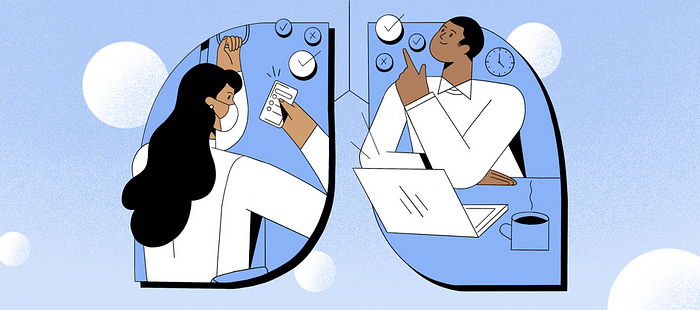Health As We Know It

Health, as defined by the World Health Organization, is “the condition of being able to provide for your own body’s requirements with the assistance of your food, energy, and material resources.” A number of definitions have also been used over the years for medical purposes. For some individuals, it defines getting healthy as a reward for good health while for others it is the result of having had good health. Whatever your definition, health is something that everybody strives for and sometimes has to work really hard to get.
Health care, on the other hand, is a public good that is designed to promote overall health or the absence of health risks. The goal of public health is to protect the health of the population through a range of public programs. These programs include nutrition, the intake of medicines, general health promotion, drug education, and immunization. All of these contribute to maintaining a healthy environment where people can live and work in. Health problems are also preventable by taking LLAP Health precautions against the development of infections and diseases and improving the general well-being of the population through preventative measures such as weight control and exercise.
In order to address some of the health issues such as obesity, smoking, and substance abuse, comprehensive public health measures are required. One of the ways this is done is through the implementation of policies that target health inequities. There are many different policies aimed at addressing health equity. Policy statements such as the Dietary Guidelines, the Prevention of Obesity and Chronic Disease Act, the National HIV/AIDS Strategy, and the Affordable Care Act all addresses some of the major health inequities. Programs like the Medicare Program, the Medicaid program, and the Food Stamp Program are also examples of important health equity initiatives.